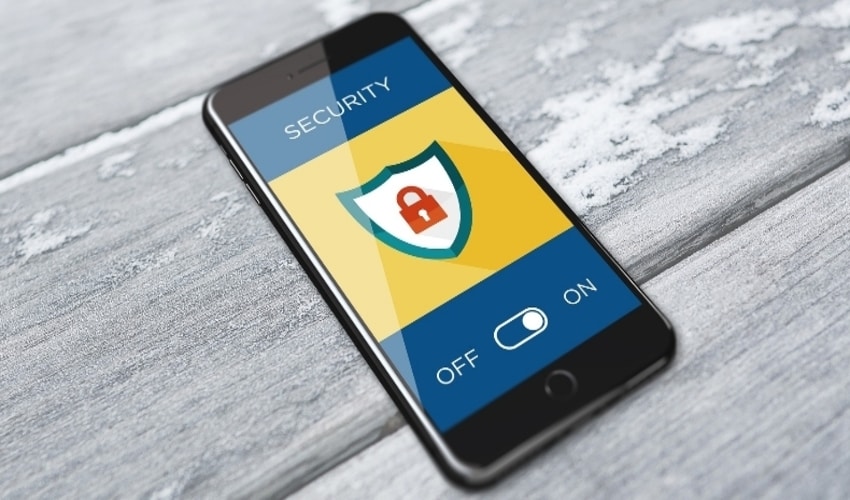
Woefully, the reality of this modern and technologically advanced world is that technology can not only protect an organization from cybersecurity threats and attacks. Maybe you have an expert in-house team of cybersecurity testers or services of credible independent software testing companies and even tools with modern functionalities. But what it’s all for? If your organization is unable to catch the user’s attention?
Well, a business when gets started, its utmost aim is to become popular among the market and gain a user base as much as they could. Unless you have an effective “network” user awareness program, always gear up yourself for the risks involved.
Almost a major chunk of cyberattacks is carried by the phishing emails. Hackers attack the weaknesses caused by users. A weak password is similar to the car whose doors are left unlocked. While phishing plays the role of an aunt who lets scammers into the house.
The Cyber Security User Awareness Program can train, support, and authorize users to ensure that your business is not easy to approach for criminals. If you can significantly reduce the possibility of human error or click phishing email, you can significantly improve the network security defense capabilities – hence the cost will be much lower than another new technology.
Now let us draw your attention towards the essential steps of a cybersecurity program;
Start with establishing a benchmark
It is important to establish a benchmark measure-a starting point. How much your employees have awareness about online security (especially phishing scams)?
In recent years, with massive data breaches and ransomware attacks making headlines, you can forgive your assumption that your users understand these threats. Although users may already be aware of the threat, they usually don’t know anything about the threat posed – don’t be surprised if some people have never heard of the term phishing!
Once the benchmark is established, a tailored training plan can be developed and the improvements can be easily measured.
Test your employees if you want to assess their abilities
Just like before taking a language proficiency test, students might take mock tests first for the sake of assessing and evaluating their ability to perform in the actual test. Similarly, if you want to check out that how much your employees are aware of the different cyberattacks including phishing as a one, do not hesitate to conduct mock phishing attack training programs and know how well your employees perform.
This will give you a clear idea of how your current employees know about phishing, ransomware, and spear phishing.
Review compliance and processes
After establishing user security awareness, it is important to conduct a comprehensive review of all strategies and processes. Check and ensure that whether they meet the requirements of the regulations, if not then make them according to the predefined rules and regulations set by the authorities of a particular region or area.
Provide a training that is broad-based
Try to outline the basic information to increase user safety awareness in your training program that must include;
- Rationale/goals of hackers.
- What is phishing, spear phishing? Provide good examples and highlight the consequences of the most common types of cyberattacks.
- The severity of the threat may have consequences for the company.
- Overview of the measures staff should take in response to suspicious emails or successful fraud.
Your internal communications should take the form of department-wide emails, publications and awareness posters, covering specific cybersecurity awareness issues such as “how to create a strong password” (they will remember!) or “how to identify phishing”.
Put your policies to the test
Here comes the stage when you develop specific training programs according to the specific department e.g HR, IT, etc.
To make this done;
- Send simulated phishing emails and make spoof calls. Customize campaigns based on job title, department, and level of awareness.
- Who clicked the phishing emails? Training should reflect possible situations that employees may face.
- Use major cyberattacks in training simulations.
Evaluate results and address the risks
Assessing results will let you know about the effectiveness of the training programs and the weak areas left out. When complete, develop, and introduce a plan to address problem areas.
Final Thoughts
Concluding that cybersecurity user awareness training is not a one-time exercise, can not be denied at all. You need to continuously evaluate your “network awareness” through continuous training programs and the latest policies (including new entrants, new technologies, and new threats) to maintain a high level.
Tech World Times (TWT), a global collective focusing on the latest tech news and trends in blockchain, Fintech, Development & Testing, AI and Startups. If you are looking for the guest post then contact at techworldtimes@gmail.com

